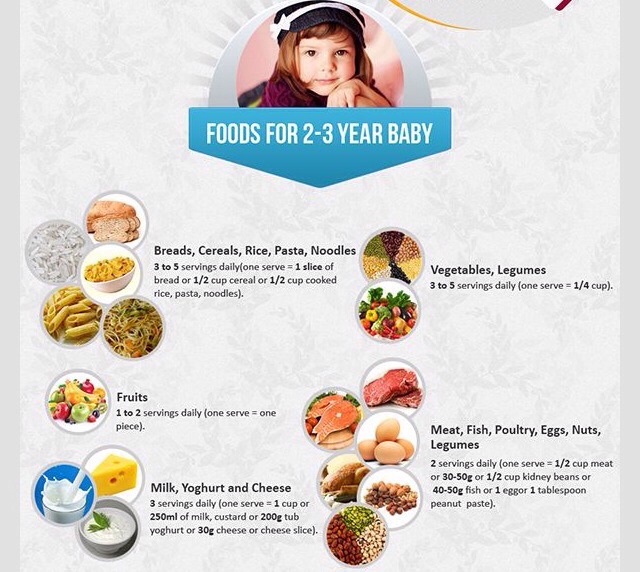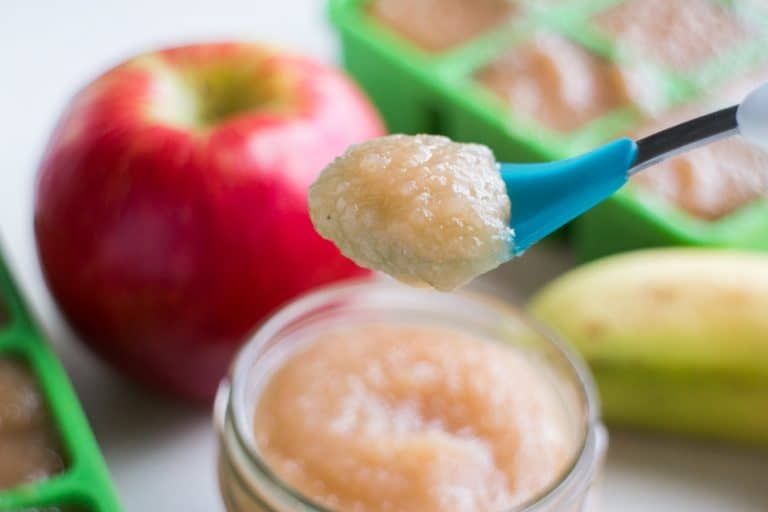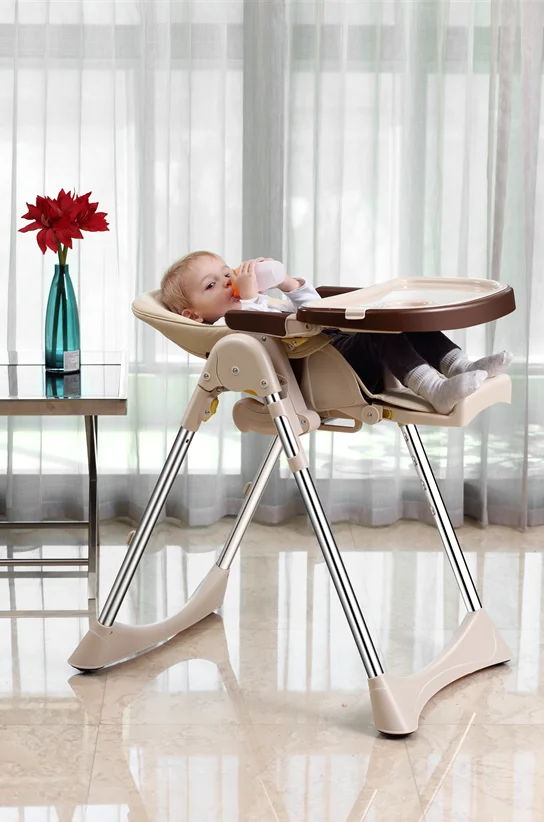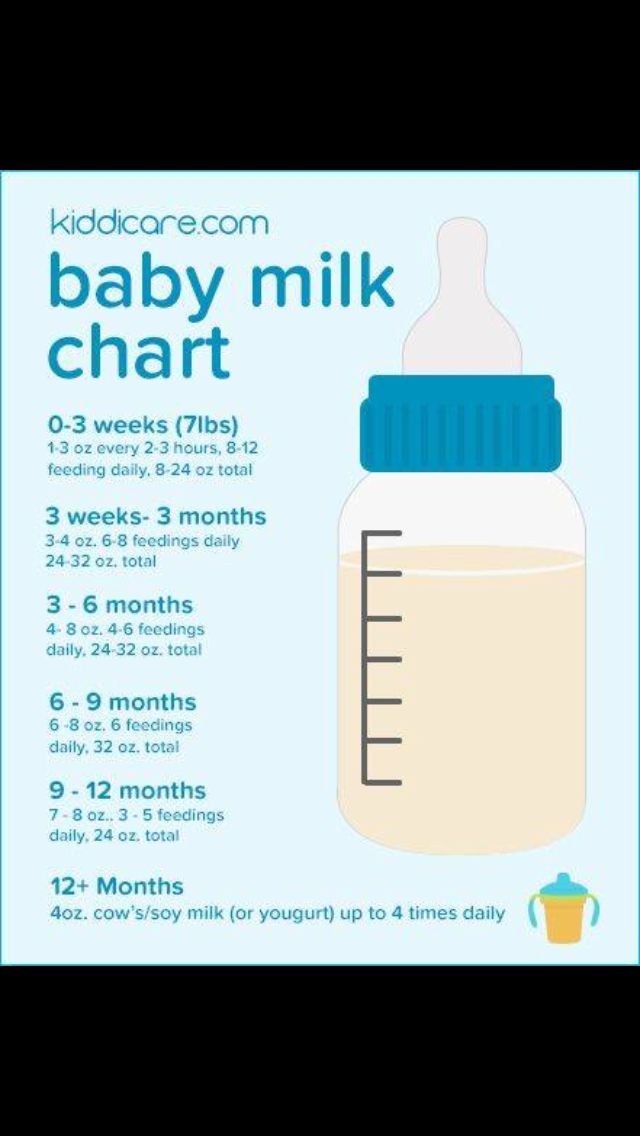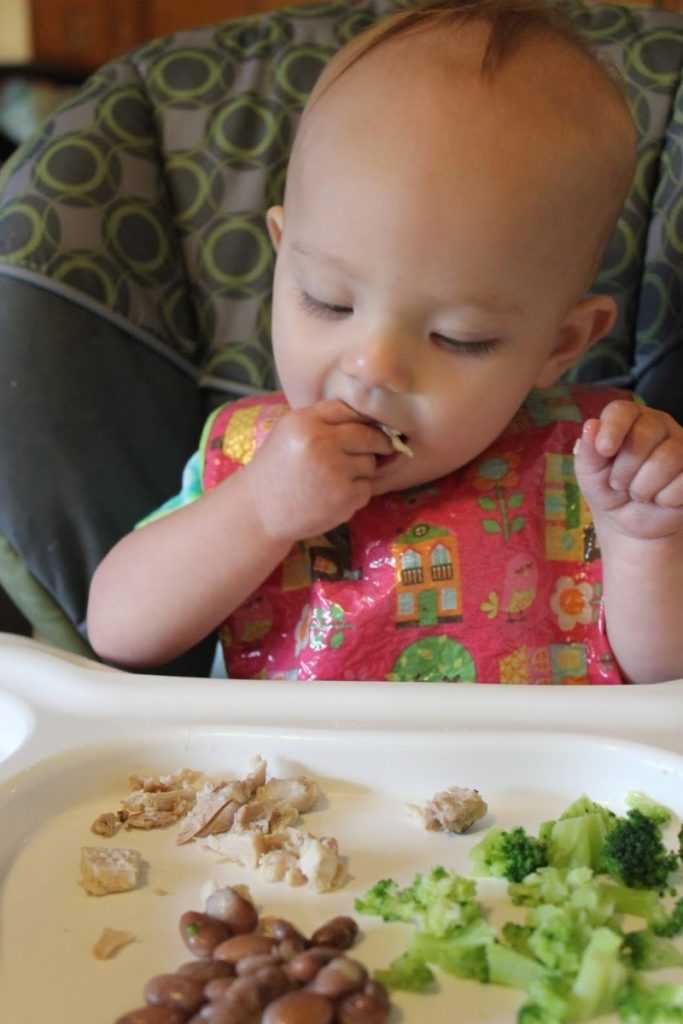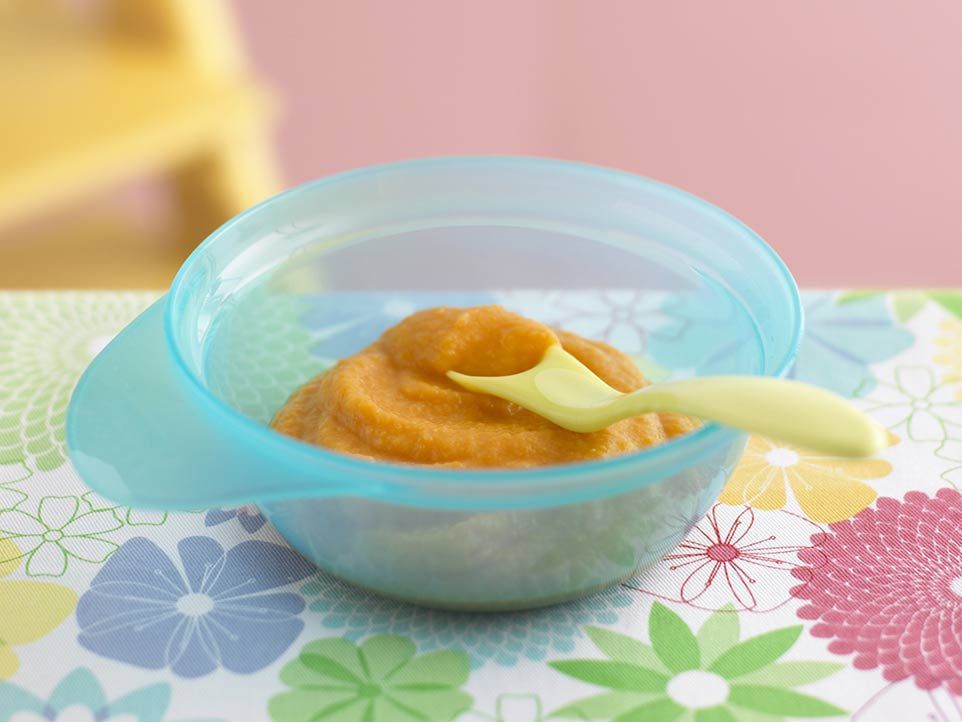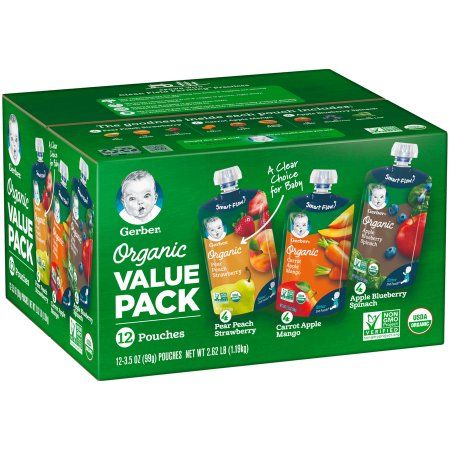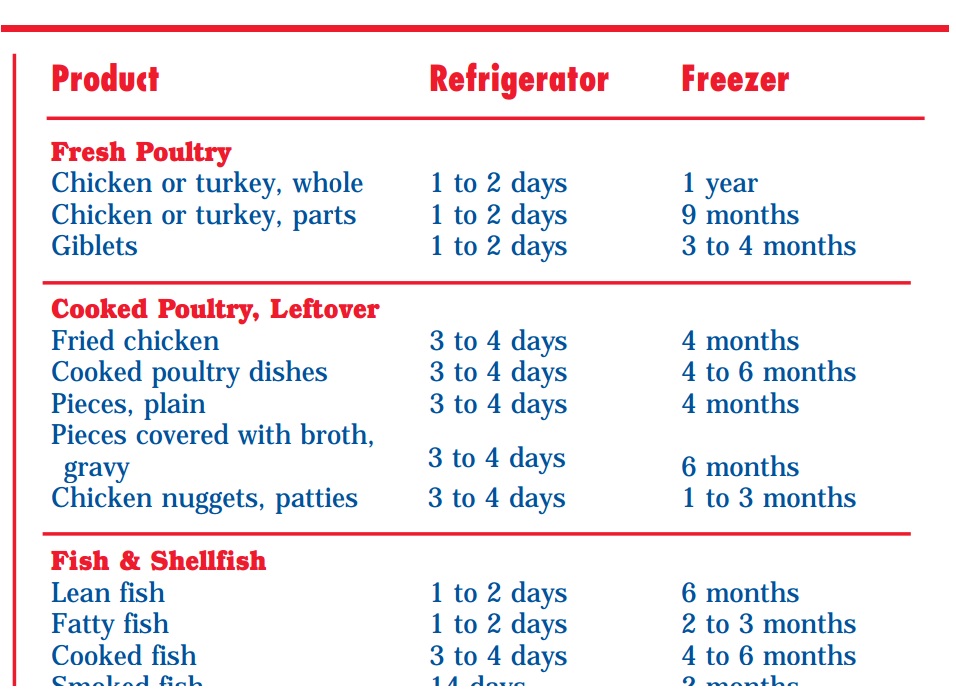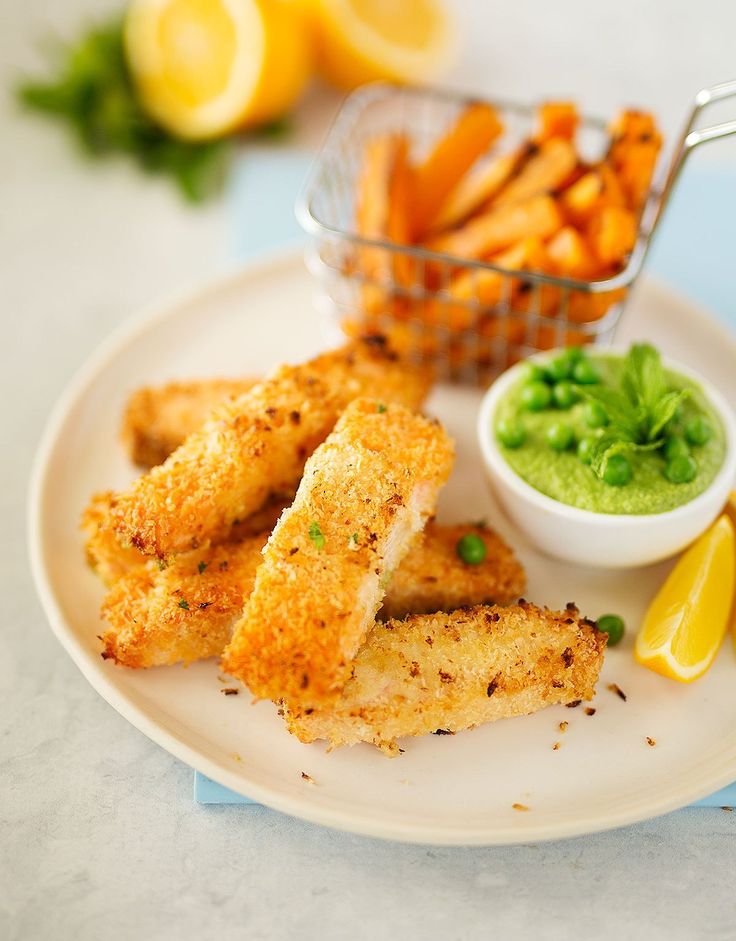Food for 3 year baby
Easy Feeding Guide: What Three Year Olds Eat
Inside: What do three-year-olds eat? Here’s an easy guide that shows you what foods three-year-olds need to eat to grow and thrive. You’ll leave with a good understanding of what to feed your toddler!
When my first son turned 3, I also had a 1-year-old coming up behind him. I was all toddler-focused and sleep-deprived, but I was doing my best to provide balanced meals (between bowls of o’s).
It may feel overwhelming to feed a three-year-old, after all, maybe they have real opinions about what they have on their plate and whether they will eat it. Maybe it seems like your “threenager” toddler, isn’t eating. I want to help you know what to serve your child so that you can feel confident that you are giving them choices that will help them grow and thrive.
How Three-Year-Olds Eat
Three-year-olds are amazing. They are playing, learning, and interested in copying so much of what you do. They may have strong opinions about what they will and won’t eat, and that’s actually okay.
They are also increasingly interested in using utensils and learning how they work (even if they still choose to primarily eat with their hands). This helps kids stay interested in meals. You might find adding new utensils to a meal may increase their interest in eating foods.
If your three-year-old is unreliable in their eating, congratulations! They are normal. One day they may eat a lot, one day they may eat a whole pizza. It can be hard to figure out how much to make for dinner, but this is a good sign that your child is listening to how much their body needs to eat.
By now your child needs to be eating table food, meaning, food that the family is eating. Foods like purees, puffs, or “baby foods” should be behind them unless your child has a specific need for these foods. If your child is still unable to eat solid food or eat a variety of textures, it may be time to learn more about help for families with picky eaters.
If you’ve noticed that your three-year-old is becoming increasingly picky, that can be common. Often picky eating emerges in toddlerhood.
Often picky eating emerges in toddlerhood.
Related: Get your Picky Toddler on the Road to Eating More Foods
What Balanced Meals Do Three-Year-Olds Need to Be Served?
Preschoolers and toddlers (sometimes three-year-olds are both, right?) often display love for some foods and hatred toward others. Preschoolers still have small stomachs though. They need balanced options in a feeding schedule or routine to get the nutrients they need and keep them from asking for snacks every 10 minutes.
Here is the magic meal and snack formula that makes it easier to feed your preschooler through all the preschooler issues that you face:
Protein food + fat source + fruit and/or veggie + energy food = balanced meal and snack
Let’s get into each of these so you know which foods are in which categories.
Protein foods that your three-year-old can eat (when cooked soft)
Protein comes in more than just meat. There are lots of protein foods that your three-year-old can eat. Make sure they are cooked soft and diced, or served in safe ways.
Make sure they are cooked soft and diced, or served in safe ways.
- Meatballs
- Eggs
- Chicken
- Fish
- Peanut butter or nut/seed butters (spread on a cracker or bread, or mixed into something)
- Ground up nuts or seeds mixed into other foods like yogurt or applesauce
- Beans
- Dairy: milk, cheese, yogurt
- Tofu
- Lentils
- Hummus
- Lamb
- Pork
- Beef
Serve a protein food at every meal and snack. This trick and having a toddler feeding schedule, can help toddlers not ask for snacks every 10 minutes!
Fat sources for your three-year-old
Preschoolers need fat for their brain development. They also need fat for energy, to keep them going throughout the day. We can serve foods that already have fat in them like meat or dairy, or we can add fat to our cooking and serving. Here are some great sources of fat for three-year-olds.
- Butter
- Coconut oil
- Avocado oil
- Avocado
- Full-fat dairy: milk, cheese, yogurt
- Nut and seed butters (spread on crackers or bread, or mixed into other foods)
- Fatty fish (salmon, sardines)
- Ghee
Fruits and veggies for three-year-olds
Your three-year-old can eat any fruits and veggies that you serve with your own meals and snacks, as long as they are prepped in a safe way.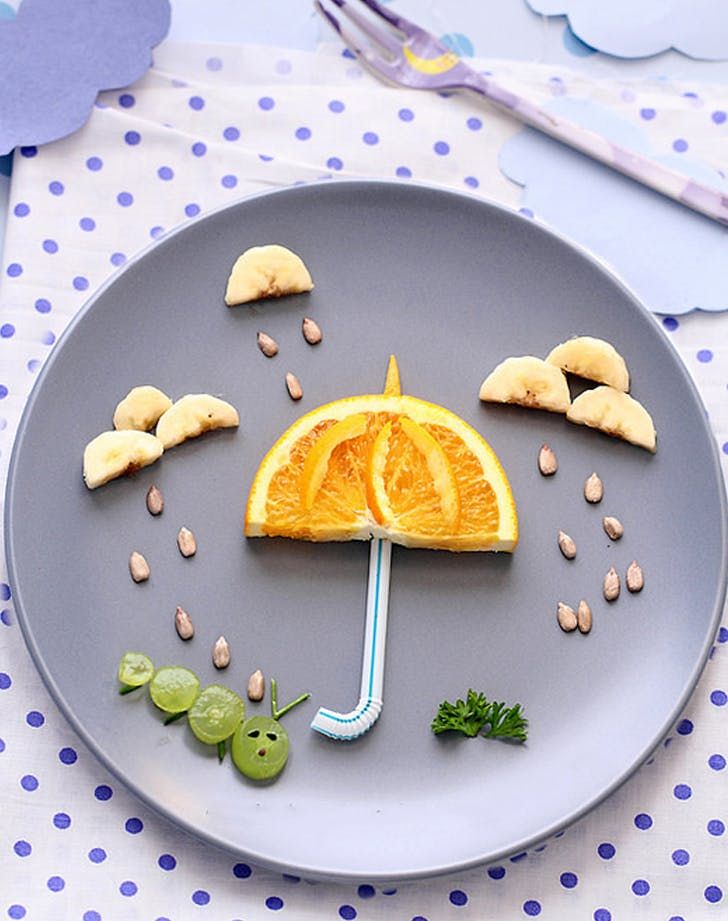 The more variety they see, the more likely they will be to try new foods and keep eating a larger variety of foods. The more often your preschooler sees fruits and veggies, the better. Serving a green and an orange veggie daily helps them get enough vitamin A and other important vitamins and minerals.
The more variety they see, the more likely they will be to try new foods and keep eating a larger variety of foods. The more often your preschooler sees fruits and veggies, the better. Serving a green and an orange veggie daily helps them get enough vitamin A and other important vitamins and minerals.
Here’s a short list of green and orange veggies to focus on:
- Broccoli
- Cooked greens
- Carrots (served cooked soft, shredded, or in thin matchsticks)
- Sweet potatoes
- Pumpkin
Other fruits and veggies like bell peppers, oranges, strawberries, and kiwi fruit help your child get the vitamin C they need to absorb iron into their body.
If you can, add some color to every snack. That means adding a fruit and/or veggie whenever you serve food. Adding color helps them get the nutrients they need and helps keep them familiar with veggies and fruits.
Read about the best vegetables and fruits for kids.
Energy foods for three-year-olds
Three-year-olds are busy! That’s why we need to provide plenty of energy foods like whole grains, starchy veggies, and fruit. It’s easy to find yourself in a constant cracker and granola bar cycle with preschoolers. I’m not down on granola bars, but we can’t stop serving a variety of foods, just because our preschoolers are in love with a specific packaged snack. In addition to some packaged snacks, see how many other energy foods you can include in your child’s diet this week.
It’s easy to find yourself in a constant cracker and granola bar cycle with preschoolers. I’m not down on granola bars, but we can’t stop serving a variety of foods, just because our preschoolers are in love with a specific packaged snack. In addition to some packaged snacks, see how many other energy foods you can include in your child’s diet this week.
- Beans/peas/lentils
- White potatoes
- Bread
- Oats (cooked)
- Sweet potatoes
- Quinoa
- Dried fruit that has been cut into small pieces, cooked and softened, or cooked into things
- Homemade muffins
Free Child Feeding Guide: From Stress to Success: 4 Ways to Help Your Child Eat Better Without Losing Your Mind
Prevent choking when deciding what to serve your three-year-old
Even three-year-olds are still at a higher risk for choking, so we need to modify.
Here are some common choking hazards for kids under 4:
- Raw veggies
- Marshmallows
- Whole grapes and cherry tomatoes
- Popcorn
- Whole nuts and seeds
- Tough meat
- Chunks of nut butters
- Hot dogs and sausages
- Chunks of cheese
- Gum
- Hard candy, chewy candy
To prevent choking
- Modify – soften or dice
- Sit – make sure your child is sitting in a chair while eating
- Avoid some foods that cannot be modified
- Be prepared if something does happen
What do three-year-olds eat?
Here is a sample menu for the foods that could be served to your three-year-old. I haven’t included portion sizes here, because it’s so important that your preschooler be allowed to choose what portion sizes are right for them. It’s the child’s job to decide how much to eat!
I haven’t included portion sizes here, because it’s so important that your preschooler be allowed to choose what portion sizes are right for them. It’s the child’s job to decide how much to eat!
Start with small portions, about 2 tablespoons of each type of food on their tray or plate. They will let you know if they want more of a specific type of food. If they don’t want to eat, don’t pressure them.
Sample menu for a three-year-old
Breakfast: peanut butter toast with sprinkles, banana, and milk
Morning snack: full-fat yogurt, thinly sliced apples
Lunch: tuna sandwich, fruit, and matchstick carrots
Afternoon snack: hummus, crackers, and thinly sliced veggies
Dinner: spaghetti and meatballs with broccoli and salad
Looking for more meal ideas? See our blog for healthy toddler lunches and snack ideas for kids.
Feeding My Three-Year-Old Is Really Hard for Me
Actually figuring out what to feed your three-year-old is only the half of it. Feeding preschoolers can be confusing, tricky, and defeating.
Feeding preschoolers can be confusing, tricky, and defeating.
If you’re struggling with your child because they won’t eat any of these foods, you may have a three-year-old picky eater. Here are a few places where you can find help for your specific issue, whether you consider your three-year-old a toddler or a preschooler, all of these articles will help!
- Getting your toddler to eat: the 1 most important thing you can do
- Everything you need to do if your toddler is not eating
- The eating routine that will end your food battles
If you need more help, here’s help for a few commonly asked questions:
- My toddler is throwing food!
- My toddler is not eating dinner
- My toddler is refusing to eat anything but milk
40 Toddler Meal Ideas for 3 Year Olds
Posts may contain affiliate links or sponsored content. See Disclaimer and Disclosure for more details.
1147 shares
A list of 40 easy and toddler-approved toddler meal ideas for 3 year olds based on what my toddler eats every day.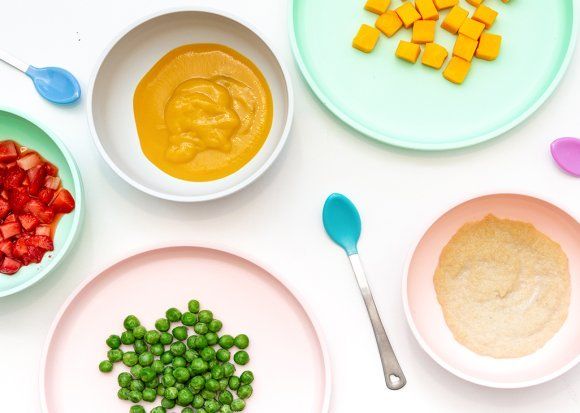
I’ve compiled more than a month of toddler lunch ideas (that could be used for snacks or dinner too!). 3 year old toddler meal ideas that are easy, healthy, nutritious, and mom-approved.
Help prevent mealtime decision fatigue and add some of these easy 3 year old toddler lunch ideas to your meal rotation. Simple ingredients and most require little to no cooking!
You might also like these related posts:
- Easy Toddler Meal Ideas: 21 Meals for the Week
- Easy Toddler Lunch Ideas for 2 Year Olds
- How To Make A Toddler Snack Plate Lunch + 30 Toddler Lunch Ideas
Red more from my meal idea series >>> Meal Ideas
3 Year Old Toddler Meal Ideas
Before we jump in I want to share some of my favorite toddler feeding supplies that help with mealtime. You will see these pictured below:
Nuby 360 Cup: a great alternative to a sippy cup! My kids love the different characters and they don’t leak!
EZPZ Mini Play Mat (pictured above): a fun divider plate that helps make meal time fun! The suction works great and they come in such cute colors.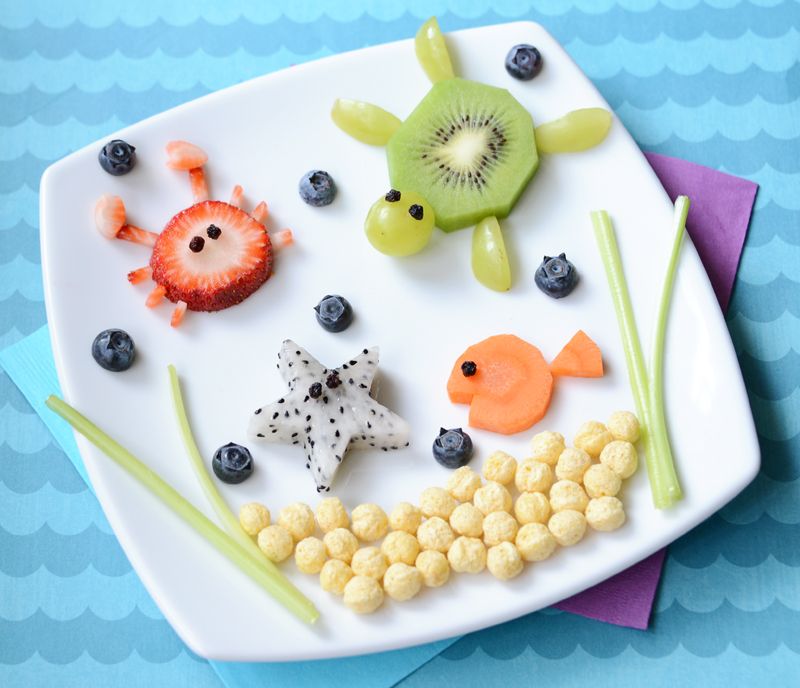 Use EZPZ25LOVE to get 25% off $75+
Use EZPZ25LOVE to get 25% off $75+
Pillowfort Divided Plates: a great versatile plate! It’s the perfect size for toddlers and we use ours every day. They have held up for years and are dishwasher safe.
Elk & Friends Glass Cups with Silicone Sleeves: we love these straw cups for smoothies and use them for milk and water as well. So many cute color combos and the silicone sleeves make them toddler-proof (we haven’t broken a single one yet!).
Toddler Meal Idea Side Dishes
I love using divided plates because it makes it easy to visualize toddler portion size (it’s a good place to start but allow your child to eat until they are full) and reminds me to serve healthy, nutritious sides. Here are some side dish ideas:
- Smoothie
- Whole milk yogurt
- Sliced, shredded, or string cheese
- Unsweetened applesauce
- Grapes
- Thinly sliced apples
- Pears
- Kiwi
- Berries
- Mandarin orange
- Grapes (halved or quartered)
- Watermelon
- Plum
- Canned fruit (in 100% juice)
- Thawed frozen fruit
- Baby carrots
- Cucumber
- Broccoli w/ ranch dressing
- Peas
- Bell pepper
- Avocado
- Crackers
- Graham crackers
- Pretzels
- Raisins
- Beans
Easy Toddler Meal Ideas 1-4
- Pretzels w/ guacamole: we love the flat pretzel crisps with dips like guacamole for dipping.
 Side of green smoothie and cheddar cheese. (Cup shown: Elk & Friends Glass Toddler Cup)
Side of green smoothie and cheddar cheese. (Cup shown: Elk & Friends Glass Toddler Cup)
- Bagel w/ cream cheese: toasted bagels are great for older toddlers who have all their teeth and are very comfortable chewing (bagels can be chewy). Side of unsweetened cinnamon apple sauce, grapes, and string cheese.
- Cheese tortilla roll up: tortilla sprinkled with cheese and then rolled up and cooked on the stove. Side of sour cream (or greek yogurt) for dipping, carrots, and frozen wild blueberries.
- PB&J bites: peanut butter (or other butter) and jelly sandwich made toddler size by cutting into bite sized pieces. Side of baby carrots with cream cheese and string cheese.
3 Year Old Meal Ideas 5-8
- Broccoli eggs & cheese: make scrambled eggs but toss in some chopped broccoli for a more nutritious twist. Side of whole milk yogurt with blueberries and chicken sausage.

- Turkey & cheese roll ups: lay sliced cheese or string cheese on a piece of turkey and roll up tightly. Side of apples with peanut butter and baby carrots. (Food picks pictured: Fun Animal Food Picks)
- Pizza: leftovers make easy lunches! Leftover bbq chicken pizza with sides of avocado with everything but the bagel seasoning (EBB) and thawed frozen mango.
- Egg & cheese quesadilla: quesadilla filled with scrambled eggs and cheese. A breakfast quesadilla can be easier for toddlers and preschoolers to eat compared to a full breakfast burrito. Side of thawed frozen mango, chicken sausage, and avocado with EBB.
Toddler Meal Ideas 9-12
- Pancake dippers: cut pancakes into strips to make them a fun toddler-friendly finger food. Served with side of maple syrup for dipping and whole milk yogurt.
- Turkey & cheese grilled pinwheels: lay out a slice of bread and top with turkey and cheese then tightly roll up.
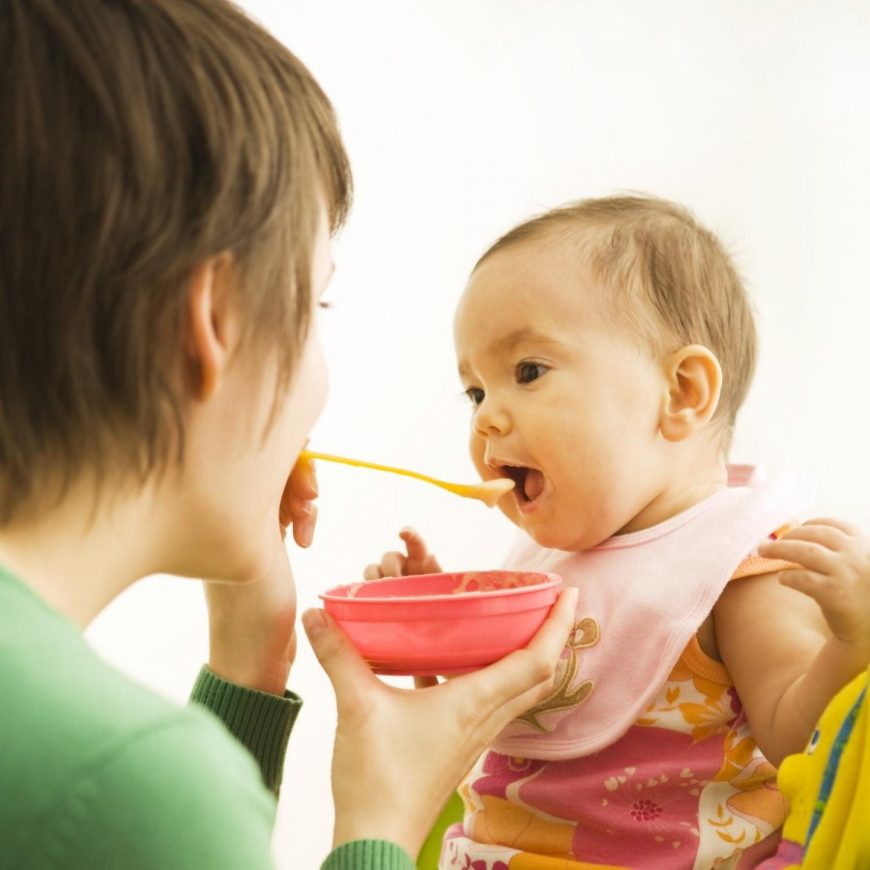 Cook in butter on all sides until crispy like grilled cheese then cut into slices or pinwheels. Side of cucumber with cream cheese and sliced pears. (Food picks pictured: Fun Animal Food Picks)
Cook in butter on all sides until crispy like grilled cheese then cut into slices or pinwheels. Side of cucumber with cream cheese and sliced pears. (Food picks pictured: Fun Animal Food Picks)
- Scrambled egg sandwich: serve scrambled cheesy eggs inside an english muffin (or toast) to make a toddler-friendly breakfast favorite. Side of extra eggs, avocado, kiwi, and a homemade cereal bar.
- Chili: loaded chili served deconstructed. Chili with sour cream, crackers, shredded cheese, and avocado.
Toddler Meals for 3 Year Olds 13-16
- Baked beans: don’t forget about this easy toddler lunch option! Baked beans with a side of unsweetened berry apple sauce, and steamed broccoli with ranch for dipping.
- Yogurt snack plate: serve lunch snack style with your toddler’s favorite side dishes. Whole milk yogurt, baby carrots, strawberries, kiwi, cheddar cheese, and bunny graham crackers.
 (Fun flower plate pictured: EZPZ Mini Play Mat)
(Fun flower plate pictured: EZPZ Mini Play Mat)
- Pasta salad: toddler pasta salad made with pasta, olives, cherry tomatoes, cheddar cheese, and ranch dressing. Side of raspberries and pretzel sticks.
- Grilled cheese: grilled cheese with sides of mixed berries, and baby carrots with cream cheese and EBB for dipping. (Fun food cutter pictured: Kids Sandwich & Veggie Cutters)
3 Year Old Meals 17-20
- Turkey & string cheese snack plate: snack plates make any meal more fun! Turkey and string cheese roll ups, baby carrots, pear, avocado, bunny graham crackers, and raisins. (Fun flower plate pictured: EZPZ Mini Play Mat)
- Egg salad sandwich: egg salad made with boiled eggs, whole milk greek yogurt, and a dash of mustard, salt, and pepper. Side of baby carrots, raspberries, and cheddar cheese cubes.
- Black bean & cheese quesadilla: smushed black beans and cheese inside a flour tortilla.
 Sides of avocado with EBB, and fresh mandarin orange.
Sides of avocado with EBB, and fresh mandarin orange.
- Mini peppers w/ cream cheese: halve mini sweet peppers and remove the seeds, then stuff with cream cheese and sprinkle with EBB. Side of avocado and fresh mandarin orange.
- Potato skins: these were left over from dinner and make a quick and easy lunch when heated back up. Side of ranch or whole milk greek yogurt for dipping, veggies, and nosa yogurt.
- Avocado chicken salad sandwich: make super easy chicken salad by mixing together shredded chicken (I used canned, but rotisserie or left over chicken work too) with avocado. Serve alone, with crackers, or as mini sandwiches, side of cucumber with cream cheese and mandarin oranges.
- Turkey & cheese slider: melt turkey and cheese on a Hawaiian sweet roll for an easy slider or toddler-sized sandwich. Side of avocado and thinly sliced apples (apples can be a choking hazard).
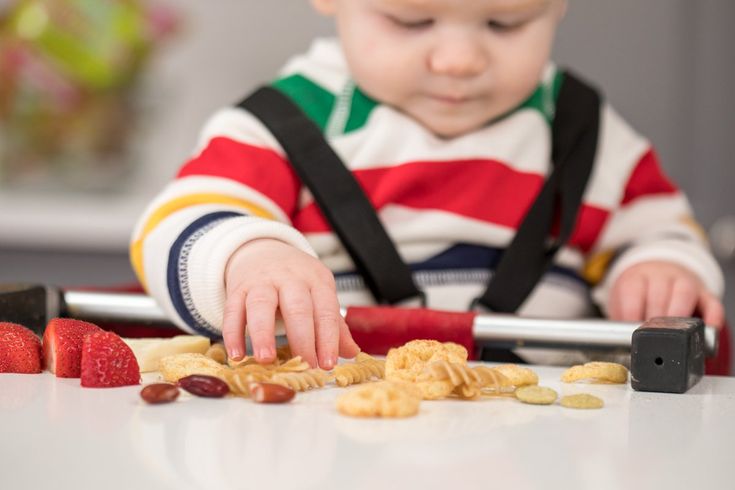
- Kidfresh Pizza: we love Kidfresh pizza as a quick and easy frozen meal option because its made with veggies! Side of whole milk string cheese and mandarin oranges.
- Dino veggie chicken nuggets: dino nuggets can be a toddler’s best friend! We love Perdue Chicken Plus because they are made with veggies. Side of ketchup for dipping, cucumber, mandarin oranges, and grapes.
- Yogurt chicken salad: chicken salad made with shredded chicken (I use canned chicken breast), whole milk greek yogurt, grapes, cucumber, and dill. Side of pretzels for dipping, and a smoothie. (Cup shown: Elk & Friends Glass Toddler Cup)
- Avocado toast: easy and nutritious! Toast topped with smushed avocado, side of yogurt tube, strawberries, and mini cookies.
- Pinto beans & cheese: beans can be a great source of protein and are easy for your toddler to eat.
 Pinto beans with cheese, sides of thawed frozen wild blueberries and avocado.
Pinto beans with cheese, sides of thawed frozen wild blueberries and avocado.
- Sweet potato mac & cheese: instead of pasta, try using sweet potato ‘rotini’ and mix with a soft cheese like laughing cow cheese or cream cheese. Side of watermelon and peas.
- Sweet potato tots: my boys love tots and they are so easy to heat up in the air fryer. Served with sweetened greek yogurt as dipping sauce, blueberries, and rice cake with peanut butter.
- Cheese & crackers: cheese and crackers with a side of orange bell pepper with cream cheese and EBB seasoning, blueberries, and plums.
- Mac & cheese snack plate: a snack plate with Annie’s white cheddar mac with peas and carrots, thawed frozen mango, goldfish crackers, shredded carrots, fruit snack gummies, and avocado. (Fun flower plate pictured: EZPZ Mini Play Mat)
- Mini nachos: corn chips topped with white cheddar cheese and olives to make mini toddler nachos.
 Side of kiwi, yellow plum, carrots, and peas.
Side of kiwi, yellow plum, carrots, and peas.
- Veggie muffin: we love Veggies Made Great muffins because they are loaded with veggies. Side of carrots with ranch for dipping, and kiwi.
- Cucumber sandwiches: cucumbers sliced thin with cream cheese in between slices to make cucumber sandwiches. Sides of avocado, peaches, graham cracker, raisins, and cheese. (Fun flower plate pictured: EZPZ Mini Play Mat)
- Veggie corndog: veggie corndogs (we like these veggie corndogs) can be especially fun for toddlers because they are served on a stick! be sure to slice lengthwise for young toddlers under 3-4. Side of ketchup for dipping, string cheese, and mandarin orange.
- Avocado quesadilla: instead of cheese, try loading up a quesadilla with smushed avocado. Side of black beans and corn and gogi berries.
- Dr.
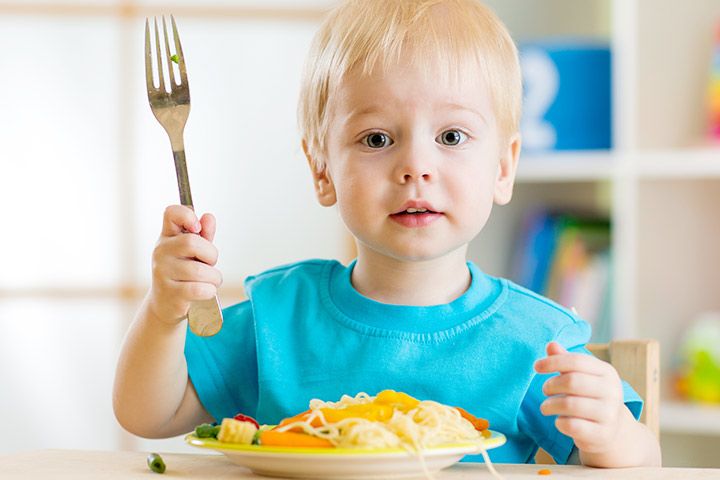 Praeger’s Broccoli Littles: a favorite quick and easy lunch idea: Dr. Praeger’s Broccoli littles. Side of cucumber, carrots with hummus and strawberries.
Praeger’s Broccoli Littles: a favorite quick and easy lunch idea: Dr. Praeger’s Broccoli littles. Side of cucumber, carrots with hummus and strawberries.
- Avocado tuna salad: tuna mixed with avocado and cucumber, crackers and pretzel crisps for dipping, and a side of mandarin orange.
- Cauliflower tots: cauliflower tot snack plate with ketchup for dipping, turkey, cooked baby carrots, grapes, plantain chips. (Fun flower plate pictured: EZPZ Mini Play Mat)
Summary of 3 Year Old Lunch Ideas
Here is a quick breakdown of easy toddler lunch ideas:
- Pretzels w/ guacamole
- Bagel w/ cream cheese
- Cheese tortilla roll up
- PB&J bites
- Broccoli eggs & cheese
- Turkey & cheese roll ups
- Pizza
- Egg & cheese quesadilla
- Pancake dippers
- Turkey & cheese grilled pinwheels
- Scrambled egg sandwich
- Chili
- Baked beans
- Yogurt snack plate
- Pasta salad
- Grilled cheese
- Turkey & string cheese snack plate
- Egg salad sandwich
- Black bean & cheese quesadilla
- Mini peppers w/ cream cheese
- Potato skins
- Avocado chicken salad sandwich
- Turkey & cheese slider
- Kidfresh Pizza
- Dino veggie chicken nuggets
- Yogurt chicken salad
- Avocado toast
- Pinto beans & cheese
- Butternut squash mac & cheese
- Sweet potato tots
- Cheese & crackers
- Mac & cheese snack plate
- Mini nachos
- Veggie muffin
- Cucumber sandwiches
- Veggie corndog
- Avocado quesadilla
- Dr.
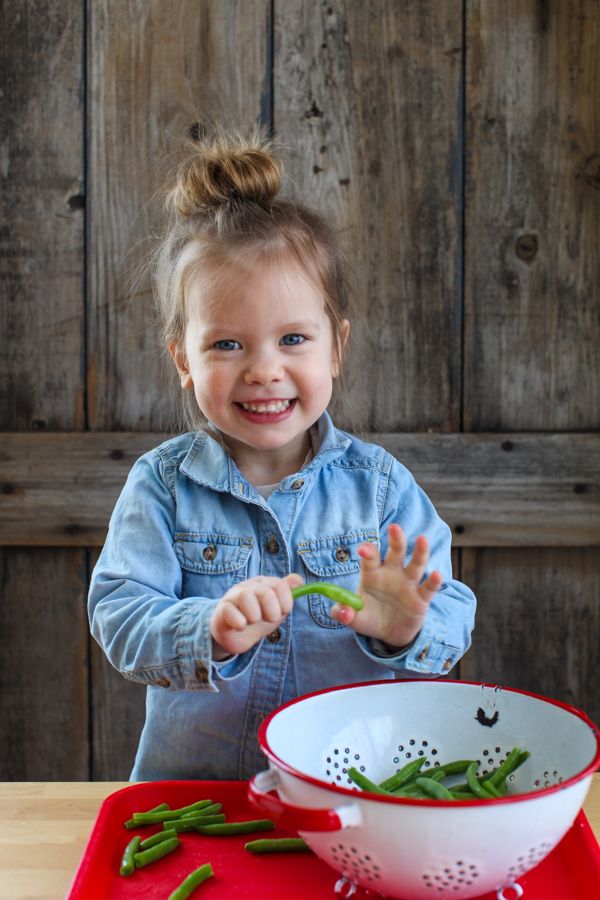 Praeger’s Broccoli Littles
Praeger’s Broccoli Littles - Avocado tuna salad
- Cauliflower tots
Thanks for stopping by! You might also like these recent posts:
Pin now to save for later!
1147 shares
how to feed a child aged 3-7 years - "Healthy Child Internet Cabinet"
Nina Anatolyevna Toritsyna
Chief Children's Dietitian of the Health Department of the Administration of Yekaterinburg
From birth, the baby, along with food, receives useful substances that form it immunity and ensure normal development. At preschool age, proper nutrition is also very important for the child to endure school loads in the future comfortably, be healthy and active.
Most children aged 3 to 7 spend most of their time in kindergarten, which is responsible for organizing a balanced diet in accordance with age. It is necessary to observe the principles of rational nutrition at home:
Important: strict adherence to the diet!
- the menu should be varied;
- nutrition should supply the child's body with energy, trace elements, vitamins and other useful substances;
- food must be properly handled and prepared (boiled, steamed, stewed, baked).

In order for the child to grow up active, mobile and healthy, it is important for parents to provide his menu with the main useful substances and monitor the sufficient number of calories :
| 3 years | 4-6 years | 7 years 900 32 9004
| Where are kept | |
| Proteins | Animal proteins: meat, fish, milk and dairy products, eggs. Vegetable proteins: bread, cereals, legumes, vegetables | |||
| Fats | Butter and vegetable oil, milk and dairy products, meat, fish | |||
| Carbohydrates | Sugar, fruits, confectionery |
In addition to the above nutrients, the child should receive trace elements and minerals . They are responsible for the proper development and functioning of the whole organism.
They are responsible for the proper development and functioning of the whole organism.
Table of the average daily norm of the physiological need of the body for the main micro and macro elements
| Name | Function | Source (products containing the element) | Daily allowance for children 3-7 years old |
| Calcium | Formation of bones and teeth, blood coagulation systems, processes of muscle contraction and nervous excitation. Normal heart function. | Milk, kefir, fermented baked milk, yogurt, cheese, cottage cheese. | 800-1100 mg |
| Phosphorus | Participates in the construction of bone tissue, the processes of storage and transmission of hereditary information, the conversion of the energy of food substances into the energy of chemical bonds in the body. | Fish, meat, cheese, cottage cheese, cereals, legumes. | 800-1650 mg |
| Magnesium | Synthesis of protein, nucleic acids, regulation of energy and carbohydrate-phosphorus metabolism. | Buckwheat, oatmeal, millet, green peas, carrots, beets, lettuce, parsley. | 150-250 mg |
| sodium and potassium | They create conditions for the emergence and conduction of a nerve impulse, muscle contractions and other physiological processes in the cell. | Table salt is sodium. Meat, fish, cereals, potatoes, raisins, cocoa, chocolate - potassium. | Not exactly established |
| Iron | A component of hemoglobin, the transport of oxygen in the blood. | Meat, fish, eggs, liver, kidneys, legumes, millet, buckwheat, oatmeal. | 10-12 mg |
| Copper | Necessary for normal hematopoiesis and metabolism of connective tissue proteins. | Beef liver, seafood, legumes, buckwheat and oatmeal, pasta. | 1 - 2 mg |
| Iodine | Participates in the construction of thyroid hormone, provides physical and mental development, regulates the state of the central nervous system, cardiovascular system and liver. | Seafood (sea fish, seaweed, seaweed), iodized salt. | 0.06 - 0.10 mg |
| Zinc | Essential for normal growth, development and puberty. Maintaining normal immunity, sense of taste and smell, wound healing, absorption of vitamin A. | Meat, ryaba, eggs, cheese, buckwheat and oatmeal. | 5-10 m |
A sufficient amount of vitamins in the daily diet of children is the key to the proper functioning of all vital processes.
Vitamins are practically not synthesized by the body itself, so parents must always control that they are supplied to the child in sufficient quantities with food. At the same time, their insufficient amount can cause a number of diseases.
Table of the average daily norm of the physiological need of the body for basic vitamins
| Name | Function | Foods containing the vitamin | Daily allowance for children 3-7 years old |
| B vitamins | |||
| IN 1 | Necessary for the normal functioning of the nervous system, cardiac and skeletal muscles, organs of the gastrointestinal tract. | Wholemeal bread, cereals, legumes (peas, beans, soybeans), liver and other offal, yeast, meat (pork, veal). | 0.8 - 1.0 mg |
| IN 2 | Maintains the normal properties of the skin, mucous membranes, normal vision and blood formation. | Milk and dairy products (cheese, cottage cheese), eggs, meat (beef, veal, poultry, liver), cereals, bread. | 0.9 - 1.2 mg |
| AT 6 | Supports the normal properties of the skin, the functioning of the nervous system, hematopoiesis. | Wheat flour, millet, liver, meat, fish, potatoes, carrots, cabbage. | 0.9 - 1.3 mg |
| AT 12 | Supports hematopoiesis and normal functioning of the nervous system. | Meat, fish, offal, egg yolk, seafood, cheese. | 1 - 1.5 mcg |
| PP (niacin) | Functioning of the nervous, digestive systems, maintaining normal skin properties. | Buckwheat, rice groats, wholemeal flour, legumes, meat, liver, kidneys, fish, dried mushrooms. | 10-13 mg |
| Folic acid | Hematopoiesis, body growth and development, protein and nucleic acid synthesis, prevention of fatty liver. | Wholemeal flour, buckwheat and oatmeal, millet, beans, cauliflower, green onions, liver, cottage cheese, cheese. | 100-200 mcg |
| FROM | Regeneration and healing of tissues, maintaining resistance to infections and the action of poisons. Hematopoiesis, permeability of blood vessels. | Fruits and vegetables: rose hips, black currants, sweet peppers, dill, parsley, potatoes, cabbage, cauliflower, mountain ash, apples, citrus fruits. | 45-60 mg |
| A (retinol, retinal, retinoic acid) | Necessary for normal growth, development of cells, tissues and organs, normal visual and sexual function, ensuring normal skin properties. | Liver of marine animals and fish, liver, butter, cream, sour cream, cheese, cottage cheese, eggs, carrots, tomatoes, apricots, green onions, lettuce, spinach. | 450-500 mcg |
| D | Participates in the processes of calcium and phosphorus metabolism, accelerates the process of calcium absorption, increases its concentration in the blood, provides deposition in the bones. | Butter, chicken eggs, liver, liver fat from fish and marine animals. | 10-2.5 mcg |
| E | Antioxidant, supports the work of cells and subcellular structures. | Sunflower, corn, soybean oil, cereals, eggs. | 5-10 mg |
Thus, the diet of a preschool child should include all food groups.
Diet
It is best to make a menu for a child a few days in advance, so parents can make sure that it turns out to be varied and contains the necessary nutrients.
Here is a sample menu for children from 3 to 7 years old for week :
| Day of the week | Breakfast | Lunch | Dinner | afternoon tea | Dinner | Second dinner |
| Monday | Buckwheat porridge with milk | Juice or fruit | Salad | Kefir | Carrot-apple casserole | Fermented milk product |
| Tuesday | Fish baked with vegetables | Juice or fruit | Vitamin salad | Milk | Curd casserole | Fermented milk product |
| Wednesday | Milk rice porridge | Juice or fruit | Beet-apple salad | Yoghurt | Omelet | Fermented milk product |
| Thursday | Macaroni with grated cheese | Juice or fruit | Green Pea Salad | Tea | Vegetable stew | Fermented milk product |
| Friday | Herculean milk porridge | Juice or fruit | Carrot-apple salad | Ryazhenka | Cheese pancakes with sour cream | Fermented milk product |
| Saturday | Barley milk porridge | juice or fruit | Cabbage-apple salad | Kefir | Fritters (pancakes) with jam | Fermented milk product |
| Sunday | Fish in Polish | Juice or fruit | Carrot salad | Milk | Vegetable casserole | Fermented milk product |
How to teach a child the correct behavior at the table?
From the age of 3, it's time to teach the baby to behave properly at the table. First of all, this will save him from the difficulties with food in kindergarten.
First of all, this will save him from the difficulties with food in kindergarten.
- The child should sit straight at the table without resting their elbows on the table.
- Teach your child how to hold and use a spoon, fork, and drink gently from a cup.
- The child should chew food thoroughly, chew with the mouth closed, and not talk while eating.
- Teach your child to first check if the food or drink is too hot, blow on the food if it is hot.
- Children should not be distracted by television or toys while eating. The child must be calm.
- Teach your child etiquette: say "thank you", get up from the table when he is allowed, wash hands before eating.
And remember: your personal example in everything is the main thing!
Union of Pediatricians of Russia
Nutrition for children from 1 to 3 years
The period from 1 to 3 years of life is a crucial stage in the transition to an adult type of nutrition, which has certain features.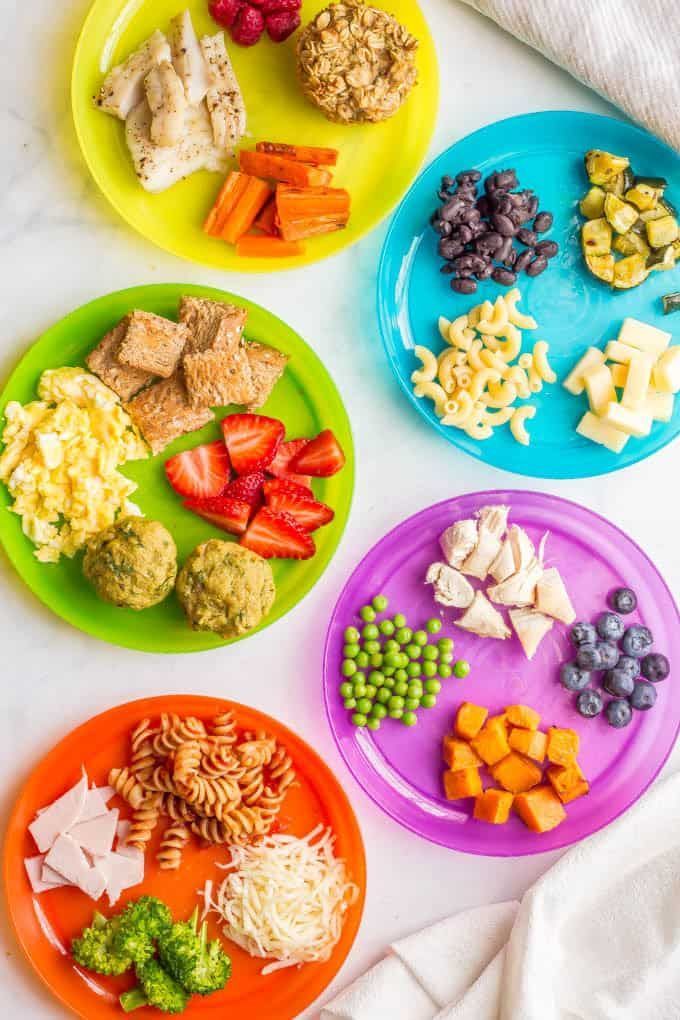 In order to ensure that all the necessary nutrients enter the child's body and at the same time prevent an excess of individual nutrients, nutrition should be balanced and varied.
In order to ensure that all the necessary nutrients enter the child's body and at the same time prevent an excess of individual nutrients, nutrition should be balanced and varied.
The daily amount of food for children aged 1 to 1.5 years should be 1000-1200 g, from 1.5 to 3 years - 1200-1500, the amount of food in one feeding should not exceed 300-350 ml. The diet consists of three main meals per day and two snacks. It is considered optimal when breakfast is 25% of the total energy density of the diet, lunch is 30–35%, dinner is 20%, and additional meals are about 10%. In general, the child can eat the same food as the rest of the family.
In the diet of a child of 1-3 years of age , must be present daily: animal or poultry meat, dairy and sour-milk products, vegetables, fruits, bread, cereals, vegetable and butter; fish and eggs are included in the diet 2-3 times a week.
Cereal products: bread - 2-3 servings per day, cereals and side dishes - 1 time per day
Fruit and/or vegetables: at least 5 times a day
Dairy products: at least 3 servings per day (including those used to make cereals, yoghurts, fermented milk drinks, cottage cheese, infant formula or breast milk).
Domestic pediatricians recommend, when compiling a diet for children aged 1–3 years, preference should be given to specialized children's dairy products of industrial production that meet high quality requirements and safety indicators for this age. Most children's dairy products are additionally enriched with vitamins and/or minerals and other biologically active components, taking into account the physiological needs of children of this age. At the same time, in foreign recommendations, children over 1 year old are offered the gradual introduction of whole cow's milk, which is rich in fats necessary for proper growth and development, the absorption of vitamins A and D, the development of the child's brain and nervous system.
Meat dishes: 2-3 times a day
Fish dishes: 2-3 servings per week
Eggs: 2-3 per week
Dietary fats: 3-4 teaspoons of butter and/or vegetable oils per day
When cooking, use the minimum amount of salt and sugar, and do not add them to industrial products.

 Maintains acid-base balance in the blood.
Maintains acid-base balance in the blood.  Quince, figs, dogwood, peaches, blueberries, rose hips, apples.
Quince, figs, dogwood, peaches, blueberries, rose hips, apples. 
 Participates in carbohydrate metabolism.
Participates in carbohydrate metabolism. 
